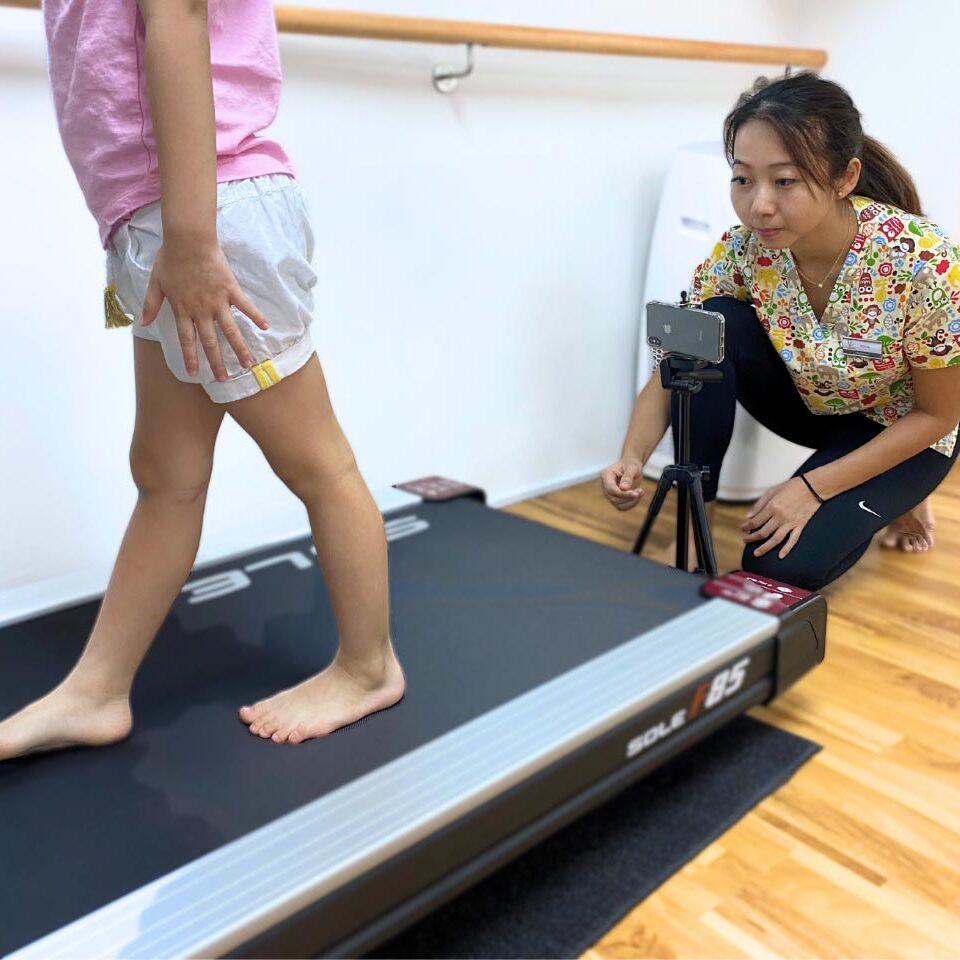Physio & Sole Podiatry: Flat Feet
Also known as “fallen arch” or “pes planus”, this condition occurs in approximately 20-30 percent of the population. One acquires flat foot when the arch contour is lowered on the inner side of the sole. They can occur during and throughout childhood, while they can also develop in adults due to injuries causing a collapsed arch, muscles overuse, pregnancy or with certain medical conditions. Having flat feet may lead to other issues later on in life if left untreated.
Common Causes of Flat Feet
- Genetics
- Weak arches/structures in the lower leg and foot
- Age
- Injury
- Diabetes (Neuropathy, nerve dysfunction)
Signs and Symptoms of Flat Feet
There are people with fallen arches who experience no pain or problems in their feet. Most, however, may experience pain not only in their feet but in other areas such as ankles, knees and lower back.
Some signs and symptoms one may experience with flat feet include:
- Absence of a gap between the ground and arch when standing
- Heel tilting away from the midline
- Rolling in at the ankle (overpronation)
- Walking with toes turned outwards
- Tiredness in ankles and lower legs
- Pain in the shin
- Difficulty standing on tiptoes
- Swelling that occurs on the inside of the ankle
- Pain in the arch of the foot, heel, calf, knee, hip, or lower leg area
These signs and symptoms may vary according to the severity of the condition.
Paediatric / Children’s Flat Feet
Infants’ feet do appear flat as the arch has yet to be formed due to low muscle tone and weak ligaments. There is also a fat deposit which can hide the natural curve of the arch area. This fatpad usually disappears when the child is about 2-3 years old.
When should I be concerned for my child?
Almost all children’s feet appear to have flat feet until they are 3 years old. While some children have flat feet and have no problems at any stage in life, many do suffer from ailments such as arthritis and muscle problems, which can start as early as their teenage years. This can seriously affect their quality of life.
If the answer is ‘yes’ to these questions below, you may wish to make an appointment for your child to have a thorough examination:
- Is the shape of your child’s feet different looking?
- Are the arches of the foot not forming after the age of 3?
- Does your child walk strangely or fall often?
- Does your child have pain in the feet, legs or hips?
- Do you have a family history of foot problems?
How can Our Podiatrist Help?
Our podiatrist will conduct a thorough evaluation of your legs and feet to identify the cause of your flat foot problem. A detailed history and physical examination will be conducted. Dynamic and static assessments will include:
- Hip examination
- Knee examination
- Ankle and foot examination
- Standing and gait analysis
- Footwear analysis and advice
From the findings, the podiatrist will construct a treatment plan for you. Depending on the severity of the condition, treatment may include the application of foot orthoses , footwear changes, or specific exercises.
In cases of rigid flat feet and severe flexible flat feet that are unresponsive to conservative treatment methods, other specialist care may be arranged if required. For milder conditions, conservative treatment methods such as customised insoles, strapping and immobilisation are adequate in effectively managing flat feet. However, if they are deemed ineffective, surgery may be necessary to relieve pain and improve the flexibility of the foot.
Frequently Asked Questions on Flat Feet
Flat feet can often be identified by the absence of a visible arch in your foot when standing. You may notice your entire foot makes contact with the ground. A quick test is to wet your feet and stand on a flat surface. If the imprint shows your entire foot, it may indicate flat feet. Our podiatrist can provide a proper diagnosis through a physical exam.
Yes, flat feet can be hereditary. Some are born with it due to bone and joint development, and it can run in families. While flat feet can also develop over time from factors like injury or ageing, genetics play a key role. If parents have flat feet, their children are more likely to as well.
Flat feet can be managed but not always fully corrected, especially in adults. Management of flat feet aims to reduce symptoms and improve function through orthotics like flat foot arch support and supportive shoes. However, arches may develop naturally in children. A surgery is considered only in severe cases as a last resort.
Podiatry Charges
| Podiatry Assessment | $190 |
| Semi-Custom Insoles | $450 |
| Customised Foot Orthoses | $700 |
All prices are before GST.
Please note that charges may vary depending on the treatment plan prescribed by your Podiatrist. Our charges are transparent and rest assured there are no hidden charges. A podiatry session will last for 30-45 minutes.
There are no surcharges if your session exceeds 45 minutes.
For more Podiatry Charges, visit here or get in touch with us here.
Related Articles
- Why Do Flat Feet Cause Pain and What Can You Do About It?
- Why choose Physio and Sole Clinic for your child’s feet condition?



